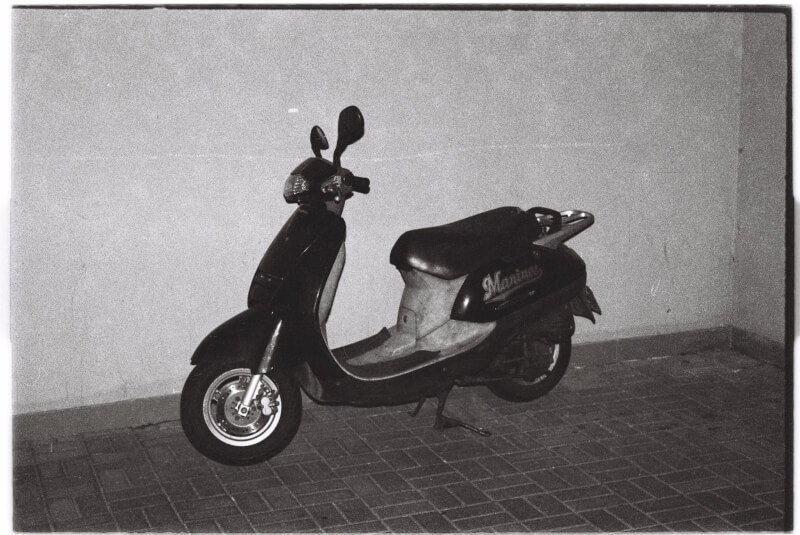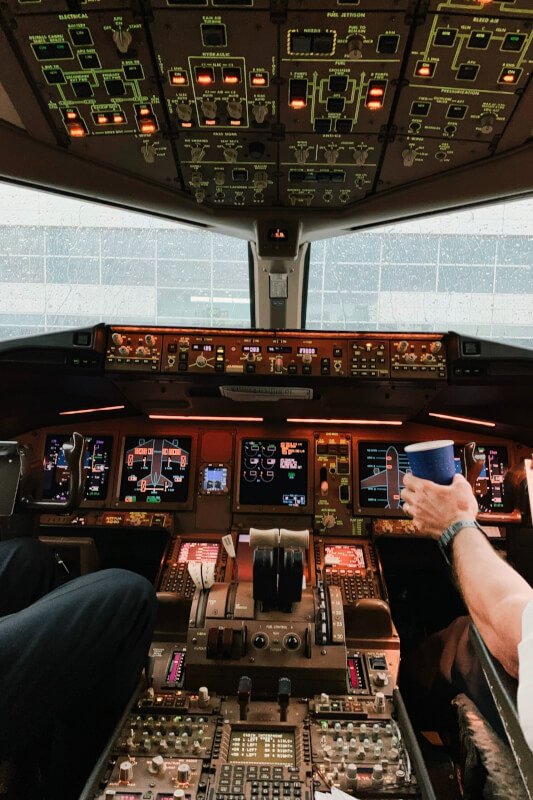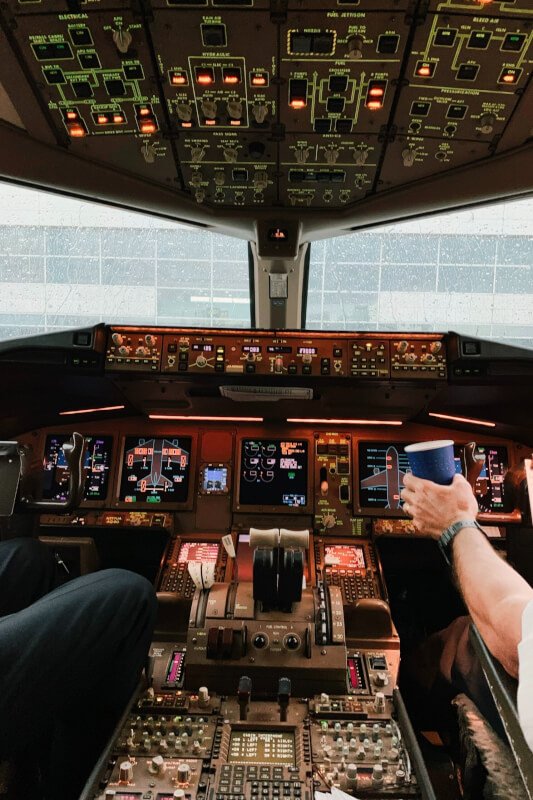If you’re an avid RC aircraft enthusiast, you know that finding the best way to transport and store your beloved planes is crucial. Whether you’re traveling to a field, attending a competition, or simply storing your collection safely at home, you need to ensure that your RC aircraft are protected and secure. In this article, we will explore some practical tips and tricks to help you discover the ultimate solution for transporting and storing your RC aircraft, allowing you to enjoy your hobby to the fullest. Transporting and storing RC aircraft requires careful consideration and proper methods to ensure the safety and protection of your valuable equipment. In this comprehensive article, we will explore various transport and storage options, as well as provide helpful tips and guidelines to assist you in choosing the right method for your specific needs. Whether you are a hobbyist or a professional pilot, following these suggestions will help maintain the integrity of your RC aircraft.

Choosing the Right Transport Method
When it comes to transporting your RC aircraft, one of the key factors to consider is the size and weight of the aircraft itself. Smaller and lighter models can be easily transported in a variety of ways, whereas larger and bulkier aircraft require more careful planning and consideration. Evaluating the dimensions and weight of your RC aircraft will help you determine the most suitable transport method.
Another crucial factor to consider is the distance of travel. If you are transporting your RC aircraft locally, by car or within a short radius, you may have more flexibility in choosing a transport method. However, if you are traveling long distances, by air or over international borders, you will need to take into account additional regulations and restrictions.
Once you have considered the size, weight, and distance of travel, it’s time to analyze your transport options. The most common methods include transporting by car, air travel, or utilizing a shipping service. Each option has its own advantages and challenges, so it’s essential to explore them in detail before making a decision.
Ensuring proper packaging and protection is crucial when transporting RC aircraft. Regardless of the chosen transport method, taking precautions to secure your aircraft and prevent damage is vital. Let’s now delve into the specifics of preparing your RC aircraft for transport.
Preparing RC Aircraft for Transport
Before you embark on your journey, there are several steps you should take to ensure the safety of your RC aircraft during transportation. By following these guidelines, you can significantly reduce the risk of damage or mishaps.
Firstly, it is recommended to disassemble any larger parts of your RC aircraft. This will not only make it easier to transport but also minimize the risk of components getting damaged. Remove wings, propellers, or any other detachable parts, and pack them separately in a secure and padded container.
To further secure your aircraft, make sure to secure all loose parts. This includes any smaller components, such as landing gear, antennas, or control rods. Use appropriate fasteners, such as zip ties or Velcro straps, to keep everything in place and prevent any potential movement or damage.
Fragile elements, such as the receiver, electronic speed control (ESC), or delicate wiring, should also be protected. Consider using bubble wrap, foam, or other cushioning materials to provide an extra layer of protection.
If your RC aircraft utilizes batteries, it is crucial to remove them or secure them properly. For removable batteries, detach them from the aircraft and store them separately in a protective case to prevent any accidental discharge or damage. If the batteries are built-in, ensure they are securely fastened and isolated to minimize any potential risks during transport.
Labeling and documenting your RC aircraft can be extremely helpful, especially if you are transporting or storing multiple aircraft. Create a detailed inventory list and attach labels with your name, contact information, and a brief description of the aircraft. This will aid in identifying your aircraft and ensuring it reaches the intended destination in case of any mishaps or mix-ups.

Transporting RC Aircraft by Car
Transporting your RC aircraft by car is a popular choice for many enthusiasts due to its convenience and flexibility. However, it is crucial to take certain precautions to ensure the safety of your aircraft during the journey.
Using a suitable carrying case is highly recommended when transporting your RC aircraft by car. There are various types of cases available, such as hard-shell cases or padded bags, designed specifically for RC aircraft. These cases provide excellent protection against impacts, vibrations, and temperature variations.
Securing the RC aircraft safely within the car is of utmost importance. If possible, place the case or container in a location where it will not be subjected to excessive movement or potential damage. Utilize seat belts, straps, or other means of securing the case to prevent it from sliding or shifting during the journey.
It is also essential to consider temperature and humidity conditions when transporting RC aircraft by car. Extreme temperatures or high humidity levels can have adverse effects on the aircraft’s components, especially the batteries. Therefore, try to maintain a moderate and controlled environment within the car during transportation.
Flying with RC Aircraft
For those planning to travel long distances or internationally, flying with RC aircraft may be the most practical option. However, it is essential to be aware of airline regulations and take appropriate measures to ensure the safe transport of your RC aircraft.
Before booking your flight, thoroughly check the airline’s regulations regarding the transportation of RC aircraft. Many airlines have specific guidelines and requirements, such as battery restrictions or size limitations. Familiarize yourself with these regulations to avoid any last-minute surprises or complications.
When traveling by air, it is often necessary to disassemble and pack your RC aircraft carefully. Remove any detachable parts, such as wings, tail, or landing gear, and pack them separately in padded containers. Use suitable packing materials, such as foam or bubble wrap, to protect the aircraft from impact or movement during the flight.
Avoid carrying batteries in your cabin luggage, as they are usually subject to more stringent regulations and restrictions. Lithium polymer (LiPo) batteries, commonly used in RC aircraft, are considered hazardous materials due to their potential fire risk. Be sure to pack them in your checked luggage following the airline’s guidelines to ensure compliance and safety.
When traveling by air, it is advisable to allow extra time for security checks. Transportation Security Administration (TSA) agents may need to inspect your RC aircraft and associated equipment more thoroughly. By allocating extra time, you can alleviate any potential stress or delays at the security checkpoint.

Shipping RC Aircraft
Shipping your RC aircraft may be the most suitable option if you are unable to transport it personally or if you need to send it to a remote location. However, there are several factors to consider when choosing a shipping service and ensuring the safe delivery of your RC aircraft.
Choosing a reliable shipping service is paramount to ensure the safe and timely delivery of your RC aircraft. Research and compare different shipping companies, considering their reputation, reliability, and customer reviews. Look for carriers that specialize in handling fragile and valuable items, as they will have the necessary expertise to transport your RC aircraft securely.
When packaging your RC aircraft for shipping, follow proper procedures to minimize any potential damage. Disassemble the aircraft and pack each component separately, ensuring they are well-padded and protected. Use sturdy boxes or containers specifically designed for shipping fragile items and fill any empty spaces with cushioning material to prevent movement during transit.
Consider opting for insurance and tracking services when shipping your RC aircraft. Insurance provides financial protection in case of loss or damage during transportation, while tracking allows you to monitor the progress and location of your shipment. These additional services offer peace of mind and help ensure the safe arrival of your RC aircraft.
Storing RC Aircraft Long-Term
Proper storage is crucial to maintain the longevity and condition of your RC aircraft during extended periods of inactivity. Whether you are storing them during the off-season or between flying sessions, there are several steps you should take to ensure your aircraft remains in optimal condition.
Before storing your RC aircraft, clean it thoroughly to remove any dirt, dust, or debris. Use a soft cloth or brush to gently clean the surface, ensuring you do not damage any delicate components or wiring. Cleaning the aircraft not only promotes longevity but also helps identify any potential issues that may require attention.
Depending on the size and configuration of your RC aircraft, disassembling it for storage may be necessary. Detaching removable parts, such as wings, tail, or landing gear, can help save space and prevent damage. Carefully pack each component and label them accordingly to ease reassembly when needed.
When storing your RC aircraft, it is essential to choose a dry and temperature-controlled environment. Extreme temperatures or high humidity can cause damage to the aircraft’s components or induce corrosion. Avoid storing your aircraft in direct sunlight or areas prone to moisture, such as basements or attics.
Consider utilizing a storage case or rack specifically designed for RC aircraft. These storage solutions provide additional protection and organization, keeping your aircraft safe from dust, accidental impacts, or potential damage. They also help optimize space utilization, especially if you have several RC aircraft to store.
Selecting the Right Storage Solution
Selecting the appropriate storage solution for your RC aircraft depends on several factors, including available space, accessibility, and personal preferences. Evaluating these factors will help you choose the most suitable option for your needs.
Begin by evaluating the available space you have for storing your RC aircraft. Whether it’s a dedicated room, garage, or a small closet, understanding the dimensions and limitations will assist in determining the storage solution. Measure the height, width, and depth, and consider any potential obstacles or restrictions that may affect your choice.
Hanging or wall-mounting options are popular for storing RC aircraft, especially when space is limited. By utilizing hooks or wall brackets, you can maximize vertical storage and keep your aircraft off the ground, reducing the risk of accidental damage or tripping hazards. Ensure that the hooks or brackets are sturdy enough to support the weight of your aircraft.
Another important consideration is whether you prefer display or hidden storage. Display storage solutions allow you to showcase your RC aircraft, adding a decorative element to your space. Wall-mounted racks or glass display cases are excellent choices, as they offer protection while still allowing you to admire your collection. Conversely, hidden storage options, such as storage cabinets or dedicated trunks, keep your RC aircraft out of sight while providing necessary protection.
To further protect your RC aircraft during storage, consider using dust covers or protective wrapping. These additional layers serve as a barrier against dust, moisture, and potential scratches. Choose covers made specifically for RC aircraft or use soft, breathable fabrics to avoid trapping moisture.
Maintaining RC Aircraft during Storage
Proper maintenance during storage is essential to ensure your RC aircraft remains in optimal condition. Regular inspections, battery maintenance, and protection against dust and moisture are key elements of effective maintenance.
Regularly inspecting your RC aircraft for any signs of damage or wear is crucial during storage. Check for loose or damaged parts, such as connectors, control surfaces, or landing gear. Ensure that all components are securely fastened and that there are no signs of wear or corrosion. Identifying and addressing issues promptly will help prevent further damage or potential accidents when you resume flying.
Checking battery levels and recharging them if needed is an important aspect of maintaining your RC aircraft during storage. Lithium polymer (LiPo) batteries, commonly used in RC aircraft, require special care to maintain their performance and longevity. Check the battery voltage periodically and ensure they are stored at an appropriate level to prevent over-discharge or damage due to extended periods of inactivity.
Protecting your RC aircraft from dust and moisture is essential during storage. Dust can accumulate on delicate components and affect their performance, while moisture can lead to corrosion or damage. Cover your aircraft with dust covers or wrap them in breathable fabric to prevent the buildup of dust. If storing in an area prone to high humidity, consider utilizing dehumidifiers or moisture-absorbing packets to maintain a dry environment.
To prevent excessive wear on contact points or moving parts, it is advisable to rotate them periodically during storage. For example, if your RC aircraft has retractable landing gear, manually extend or retract it occasionally to ensure smooth functioning and prevent any potential seizing. By actively engaging the moving parts, you can ensure they remain in good working order.
Safety Considerations for Transport and Storage
When it comes to transport and storage of RC aircraft, safety should always be a top priority. There are several safety considerations to keep in mind to protect yourself, others around you, and your valuable equipment.
First and foremost, it is crucial to follow local laws and regulations regarding the use and transport of RC aircraft. Familiarize yourself with airspace restrictions, registration requirements, and any specific guidelines that apply to your region. Adhering to these rules not only ensures your own safety but also promotes responsible and considerate flying.
Using safety devices and locks when transporting RC aircraft is highly recommended, especially when using public transportation or leaving your equipment unattended. Secure your carrying case or shipping container with a sturdy lock to prevent unauthorized access or theft. Additionally, consider utilizing anti-theft tracking devices that can assist in locating your aircraft in case of loss or theft.
Handle your RC aircraft with care at all times, whether during transport or storage. Avoid rough handling or dropping your aircraft, as it can lead to irreversible damage. Treat it like the valuable piece of equipment it is and ensure you have a secure grip when lifting or moving it.
When storing batteries, it is essential to do so in a safe location. Lithium polymer (LiPo) batteries are sensitive to external factors such as heat or impact and can pose a fire risk if mishandled. Store your batteries in a fireproof and well-ventilated area, away from flammable materials, and follow the manufacturer’s guidelines for safe storage and handling.
Conclusion
Transporting and storing RC aircraft requires careful planning, attention to detail, and adherence to safety guidelines. By choosing the right transport method, properly preparing and packaging your aircraft, and selecting a suitable storage solution, you can ensure the safety and longevity of your valuable equipment.
Prioritizing protection and safety should always be your primary concern. Adapt your transport and storage methods to your specific requirements, taking into account the size, weight, and distance of travel, as well as any regulations or guidelines that apply. Regularly evaluate and maintain your RC aircraft to identify and address any issues promptly.
By following these guidelines, you can enjoy the exciting world of RC aircraft while ensuring the safety and longevity of your valuable equipment. Take the time to explore the various transport and storage options available to find the best fit for your needs. With proper care and consideration, you can embark on many successful flights and experiences with your RC aircraft.


